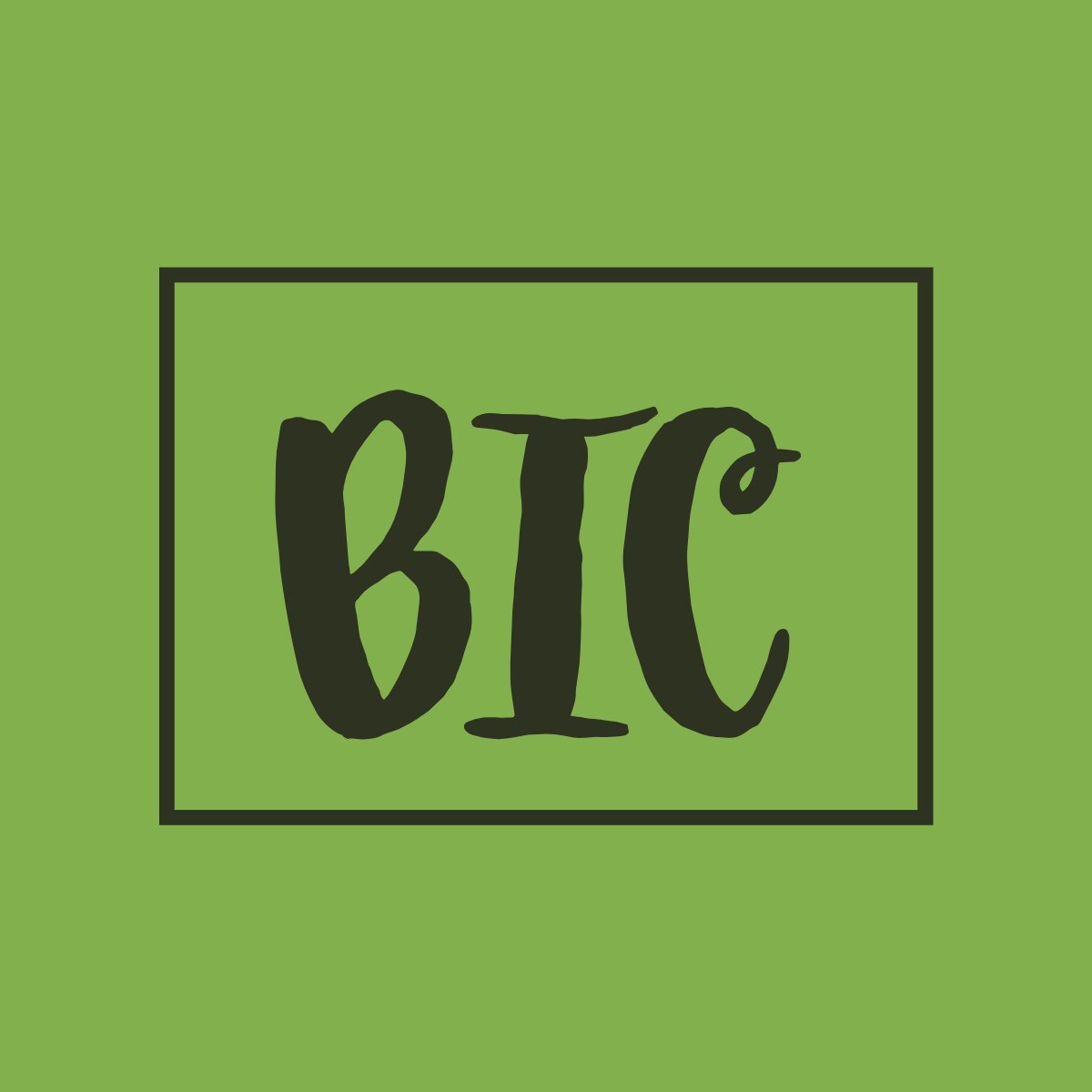A to Z terms every Blogger Needs to Know
Blogging has emerged as a powerful platform for individuals and businesses alike to share their thoughts, expertise, and stories with the world.
From personal diaries to professional advice columns, blogs span a wide spectrum of topics and styles, catering to diverse interests and audiences.
In this article, we delve into the A to Z of blogging, providing a comprehensive guide to the terminology and concepts that underpin this dynamic medium.
Whether you’re a seasoned blogger looking to expand your knowledge or a newcomer eager to embark on your blogging journey, this primer offers insights and definitions to help you navigate the intricate landscape of online publishing.
From understanding the importance of SEO and engagement metrics to mastering the art of content creation and promotion, we explore the essential elements that contribute to a successful blog.
So, whether you’re passionate about fashion, food, technology, or any other niche, join us as we unravel the alphabet soup of blogging and unlock the keys to digital storytelling success.
- A to Z Terms
- A. Analytics
- A. Archives
- B. Blogger
- B. Backlink
- C. CMS (Content Management System)
- C. Comment Moderation
- D. Domain
- D. Dashboard
- E. Engagement
- E. Email List
- F. Favicon
- F. Forum
- G. Guest Post
- G. Google Analytics
- H. HTML (Hypertext Markup Language)
- H. Hosting
- I. Infographic
- I. Influencer
- J. Journalism
- J. Journey
- K. Keyword Research
- K. Keywords
- L. Link Building
- L. Landing Page
- M. Meta Tags
- M. Monetization
- N. Niche
- N. Newsletter
- O. Outreach
- O. Optimization
- P. Plugins
- P. Permalink
- Q. Quora
- Q. Quality Content
- R. RSS Feed (Really Simple Syndication)
- R. Responsive Design
- S. Social Media Sharing
- S. SEO (Search Engine Optimization)
- T. Traffic
- T. Tags
- U. User Experience (UX)
- U. URL (Uniform Resource Locator)
- V. Visual Content
- V. Video Blog (Vlog)
- W. Webinar
- W. Widgets
- X. XML Sitemap
- X. XML-RPC
- Y. YouTube
- Y. Yield Optimization
- Z. Zero-Day
- Z. Zettlekasten
- Conclusion
A to Z Terms
A. Analytics
Tools that track and analyze website traffic, providing insights into audience behavior, popular content, and more.
A. Archives
A collection of past blog posts organized by date or category, allowing readers to access older content.
B. Blogger
Someone who regularly writes and publishes content on a blog.
B. Backlink
A hyperlink from another website to your blog, which can improve search engine ranking and referral traffic.
C. CMS (Content Management System)
Software used to create, manage, and publish digital content, such as WordPress or Blogger.
C. Comment Moderation
The process of reviewing and approving or deleting comments left by readers on blog posts.
D. Domain
The unique web address of a blog, like “example.com”.
D. Dashboard
The control panel or interface where bloggers can manage and customize their blog settings, content, and design.
E. Engagement
Measures how actively involved readers are with a blog’s content, such as commenting, sharing, or liking posts.
E. Email List
A database of subscribers who have opted in to receive updates, newsletters, or other communications from a blog via email.
F. Favicon
A small icon that appears next to a blog’s name in a web browser tab or bookmark.
F. Forum
An online discussion platform where users can interact with each other and share information on specific topics related to the blog’s niche.
G. Guest Post
Content written by someone who isn’t the primary author of the blog.
G. Google Analytics
A free web analytics service provided by Google that tracks and reports website traffic, providing valuable insights to bloggers.
H. HTML (Hypertext Markup Language)
The standard language used to create and design web pages.
H. Hosting
The service that stores and makes a blog’s content accessible on the internet.
I. Infographic
A visual representation of information, data, or knowledge designed to make complex concepts easier to understand and share.
I. Influencer
Someone who has established credibility and a large following in a particular niche, often collaborating with brands to promote products or services.
J. Journalism
The practice of gathering, assessing, creating, and presenting news and information.
J. Journey
A series of blog posts documenting a blogger’s personal or professional experiences, challenges, and achievements.
K. Keyword Research
The process of identifying and analyzing specific words or phrases that potential readers are using in search engines, to optimize blog content for better visibility.
K. Keywords
Words or phrases that describe the main topics of a blog post, used for SEO (Search Engine Optimization) purposes.
L. Link Building
The process of acquiring hyperlinks from other websites to your own, to improve search engine visibility.
L. Landing Page
A standalone web page created for a specific marketing campaign or purpose, often used to capture leads or promote a product or service.
M. Meta Tags
HTML elements that provide metadata about a blog post, such as its title, description, and keywords, which are used by search engines to index and rank content.
M. Monetization
Making money from a blog through various methods like advertising, sponsored content, or selling products/services.
N. Niche
A specialized segment of the market or area of interest for a blog’s content.
N. Newsletter
A regularly distributed email containing updates, news, or promotions related to a blog’s content or niche, sent to subscribers.
O. Outreach
The practice of reaching out to other bloggers, influencers, or websites for collaborations, partnerships, or backlinks.
O. Optimization
The process of improving a blog’s performance, visibility, and user experience.
P. Plugins
Add-on software components that enhance the functionality of a blogging platform, such as WordPress plugins.
P. Permalink
A permanent URL or web address that points to a specific blog post, allowing readers to access it even after it’s been archived or moved.
Q. Quora
A question-and-answer platform where bloggers can find inspiration, engage with their audience, and establish expertise in their niche.
Q. Quality Content
Well-written, informative, and engaging material that adds value to the reader’s experience.
R. RSS Feed (Really Simple Syndication)
A standardized format used to publish frequently updated content, allowing users to subscribe and receive updates from blogs and websites.
R. Responsive Design
A website design approach that ensures optimal viewing and interaction across various devices and screen sizes, such as smartphones, tablets, and desktop computers.
S. Social Media Sharing
The act of promoting blog content on social media platforms like Facebook, Twitter, Instagram, etc., to reach a wider audience and increase engagement.
S. SEO (Search Engine Optimization)
Techniques used to increase a blog’s visibility in search engine results, such as using relevant keywords and optimizing meta tags.
T. Traffic
The number of visitors a blog receives within a specific timeframe.
T. Tags
Keywords or phrases assigned to blog posts to help organize and categorize content, making it easier for readers to find related articles.
U. User Experience (UX)
The overall experience and satisfaction users have when interacting with a blog, including factors like ease of navigation, page load speed, and content readability.
U. URL (Uniform Resource Locator)
The address of a specific web page, displayed in the browser’s address bar.
V. Visual Content
Images, videos, infographics, and other multimedia elements used to enhance blog posts.
V. Video Blog (Vlog)
A blog format that primarily uses video content instead of written articles, often shared on platforms like YouTube or Vimeo.
W. Webinar
A live or pre-recorded online seminar or workshop hosted by a blogger to educate, engage, or interact with their audience.
W. Widgets
Small applications or tools that can be added to a blog’s sidebar or footer to provide additional functionality or information.
X. XML Sitemap
A file that lists all the URLs on a blog, helping search engines crawl and index its content more efficiently.
X. XML-RPC
A protocol used by blogging platforms to enable communication between different systems or services, facilitating features like remote publishing and content syndication.
Y. YouTube
A popular video-sharing platform where bloggers can create and share video content.
Y. Yield Optimization
Strategies and techniques used to maximize the revenue generated from a blog’s advertising inventory or monetization methods.
Z. Zero-Day
Refers to a blog post published on the same day that a significant event or topic emerges, maximizing its relevance and visibility.
Z. Zettlekasten
A note-taking and knowledge management system used by bloggers to organize ideas, research, and inspiration for future blog posts.
Conclusion
Blogging continues to be a vibrant and evolving medium that empowers individuals and businesses to connect, communicate, and create within the vast expanse of the internet.
Through this exploration of the A to Z of blogging, we’ve uncovered the fundamental concepts and terminology essential for understanding and navigating this dynamic landscape.
From crafting compelling content to engaging with readers and optimizing for search engines, the journey of a blogger is filled with challenges and opportunities.
As technology advances and trends shift, the essence of blogging remains rooted in authentic expression and meaningful connection.
Whether you’re a hobbyist sharing your passions or an entrepreneur building your brand, the principles of effective blogging—quality content, audience engagement, and strategic promotion—will continue to guide you on your path to success.


